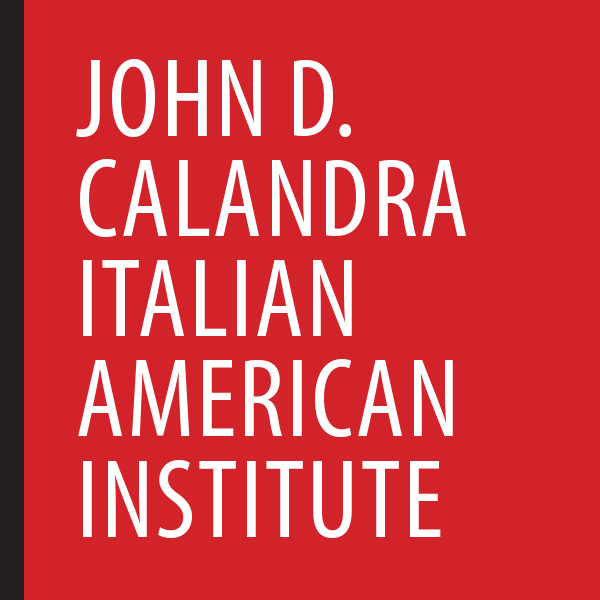
Lingue Migranti: The Global Languages of Italy and the Diaspora
This year’s annual, two-day conference seeks to build on the growing literature dealing with language and migration as it concerns Italy and the diaspora.
Click here to view the program.
Italy as a cultural zone developed throughout the centuries with a plethora of distinct languages. Regionally-based Romance languages—e.g., Neapolitan, Sicilian, Tuscan, Venetian—and their local variants were the numerous languages spoken by illiterate peasants as well as professionals, scholars, and creative writers. In the aftermath of unification in 1861, the state sought to impose the Tuscan dialect as the national standard in an attempt “to make Italians” in the same period that mass emigration began in earnest. Tensions emerged during that time and, with the onset of a more recent immigration, continue to inform the interrelated spheres of language and migration, from issues concerning standard Italian versus dialects, especially along a north-south divide; to representations of “Italian” as the esteemed language of the Renaissance versus the marginalized language of working-class emigrants and their descendants; to responses to “foreign” influences of vocabulary and literatures.

Recent Comments